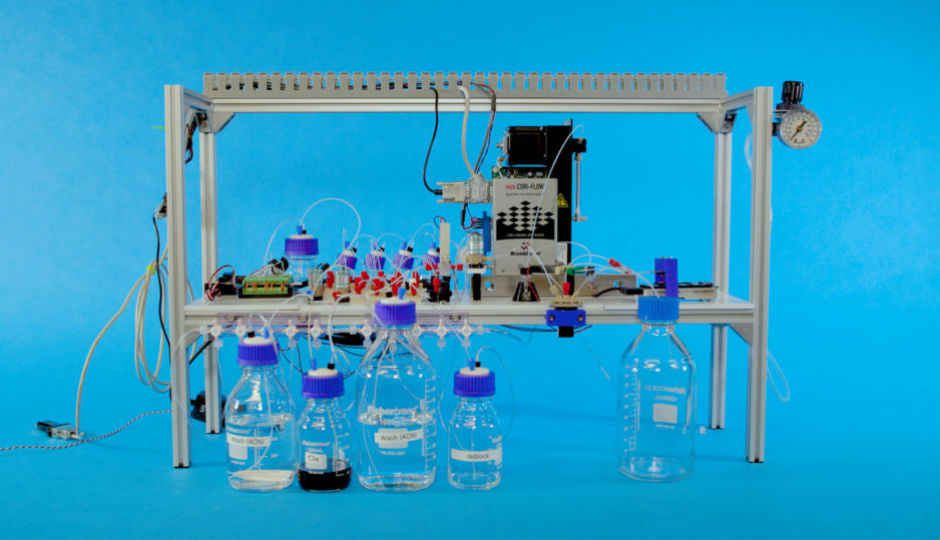Microsoft demonstrates first fully automated system to store, retrieve data in fabricated DNA
In a simple proof-of-concept test, Microsoft says that its team successfully encoded the word “hello” in snippets of manufactured DNA.

Highlights:
 Survey
Survey- Microsoft demonstrates how data is stored in manufactured DNA.
- The company encoded the word “hello” in snippets of fabricated DNA and converted it back to digital data.
In a first, researchers from Microsoft and the University of Washington have demonstrated a fully automated system that can store and retrieve data in a manufactured DNA. This development can provide a solution to the companies to store the ever-increasing data in a much smaller magnitude than today’s data centers globally. In a proof-of-concept test, the team successfully encoded the word “hello” in snippets of fabricated DNA and converted it back to digital data using a fully automated end-to-end system.
In a paper published in the journal Nature Scientific Reports, Microsoft describes how it is developing algorithms and molecular computing technologies to encode and retrieve data in fabricated DNA, which could fit all the information currently stored in a warehouse-sized datacenter into a space roughly the size of a few board game dice.
But if the technology has to be implemented commercially, costs need to decrease for both synthesizing DNA — essentially custom building strands with meaningful sequences — and the sequencing process that extracts the stored information. Researchers have claimed that the trends are moving rapidly in that direction. Automation is considered a key piece of that puzzle, as it would enable storage at a commercial scale and make it more affordable.
The researchers also claim that under the right conditions, DNA can last much longer than current archival storage technologies that degrade in a matter of decades. Some DNA has managed to persist in less than ideal storage conditions for tens of thousands of years in mammoth tusks and bones of early humans, and it should have relevancy as long as people are alive, the researchers noted.
How is the data stored and retrieved?
The automated DNA data storage system uses software developed by the Microsoft and UW team that converts the ‘ones’ and ‘zeros’ of digital data into the As, Ts, Cs and Gs that make up the building blocks of DNA. Then it uses inexpensive, largely off-the-shelf lab equipment to flow the necessary liquids and chemicals into a synthesizer that builds manufactured snippets of DNA and to push them into a storage vessel.
When the system needs to retrieve the information, it adds other chemicals to properly prepare the DNA and uses microfluidic pumps to push the liquids into other parts of the system that “read” the DNA sequences and convert it back to the digital information that a computer can understand easily. The whole process is automated, and an immediate benefit of having an automated DNA storage system is that it frees researchers to further simplify the process.
“Having an automated system to do the repetitive work allows those of us working in the lab to take a higher view and begin to assemble new strategies — to essentially innovate much faster,” said Microsoft researcher Bichlien Nguyen. Previously, a team from the Molecular Information Systems Lab has already demonstrated that the fabricated DNA can store cat photographs, great literary works, pop videos and archival recordings, as well as that data can be retrieved without errors in a research setting.
Related Read:
Microsoft announces end of support for Windows 7 SP1
Digit NewsDesk
Digit News Desk writes news stories across a range of topics. Getting you news updates on the latest in the world of tech. View Full Profile